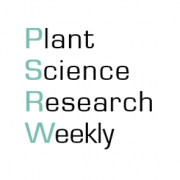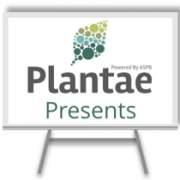PLANT PHYSIOLOGY – TOP ARTICLES OF 2020 based on Altmetric scores
Plant Physiology is pleased to announce our Top 5 of 2020 articles based on Altmetric scores. Altmetrics are metrics and qualitative data that are complementary to traditional, citation-based metrics. They can include (but are not limited to) peer reviews on Faculty Opinions, citations on Wikipedia and in public policy documents, discussions on research blogs, mainstream media coverage, bookmarks on reference managers like Mendeley, and mentions on social networks such as Twitter.
 #1 Plant Physiology Article of 2020
#1 Plant Physiology Article of 2020
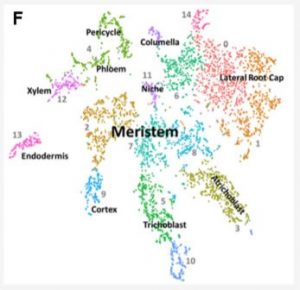 PscB: A Browser to Explore Plant Single Cell RNA-Sequencing Datasets
PscB: A Browser to Explore Plant Single Cell RNA-Sequencing Datasets
In our June 2020 issue, University of Tübingen researchers Xiaoli Ma, Tom Denyer, and Marja C.P. Timmermans show that the Plant Single Cell RNA-Sequencing Browser, with its comprehensive visualization tools, provides a critical resource to easily explore the intricate expression information inherent in scRNA-Seq data in their Letter: “PscB: A Browser to Explore Plant Single Cell RNA-Sequencing Datasets” https://doi.org/10.1104/pp.20.00250
 #2 Plant Physiology Article of 2020
#2 Plant Physiology Article of 2020
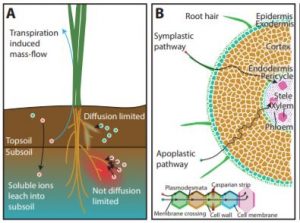 Targeting Root Ion Uptake Kinetics to Increase Plant Productivity and Nutrient Use Efficiency
Targeting Root Ion Uptake Kinetics to Increase Plant Productivity and Nutrient Use Efficiency
In our April 2020 issue, authors Marcus Griffiths and Larry M. York from Noble Research Institute, show that root ion uptake kinetics is presented as a promising target for boosting nutrient acquisition by addressing knowledge gaps, meta-analysis of kinetics across species, and providing future prospects. See their article: “Targeting Root Ion Uptake Kinetics to Increase Plant Productivity and Nutrient Use Efficiency” https://doi.org/10.1104/pp.19.01496
 #3 Plant Physiology Article of 2020
#3 Plant Physiology Article of 2020
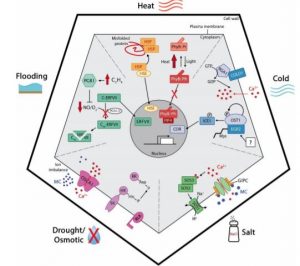 How Plants Sense and Respond to Stressful Environments
How Plants Sense and Respond to Stressful Environments
Also in our April 2020 issue, Wageningen University and Research researchers Jasper Lamers, Tom van der Meer, and Christa Testerink show that major advances in the identification of cellular sensing mechanisms of abiotic stress elucidate how plants perceive and respond to their environment. See their article: How Plants Sense and Respond to Stressful Environments https://doi.org/10.1104/pp.19.01464
 #4 Plant Physiology Article of 2020
#4 Plant Physiology Article of 2020
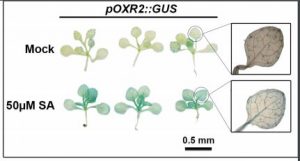 OXR2 Increases Plant Defense against a Hemibiotrophic Pathogen via the Salicylic Acid Pathway
OXR2 Increases Plant Defense against a Hemibiotrophic Pathogen via the Salicylic Acid Pathway
In our October 2020 issue, authors Regina Mencia (Universidad Nacional del Litoral), Gabriel Céccoli (Universidad Nacional del Litoral), Georgina Fabro (Universidad Nacional del Litoral), Pablo Torti (Universidad Nacional del Litoral), Francisco Colombatti (Universidad Nacional del Litoral), Jutta Ludwig-Müller (Technische Universität Dresden), Maria Elena Alvarez (Universidad Nacional de Córdoba), and Elina Welchen (Universidad Nacional de Córdoba) show that Arabidopsis thaliana OXIDATION RESISTANCE 2 levels influence salicylic acid-mediated defense, increasing plant resistance to pathogen infection. See their article: OXR2 Increases Plant Defense against a Hemibiotrophic Pathogen via the Salicylic Acid Pathway https://doi.org/10.1104/pp.19.01351
 #5 Plant Physiology Article of 2020
#5 Plant Physiology Article of 2020
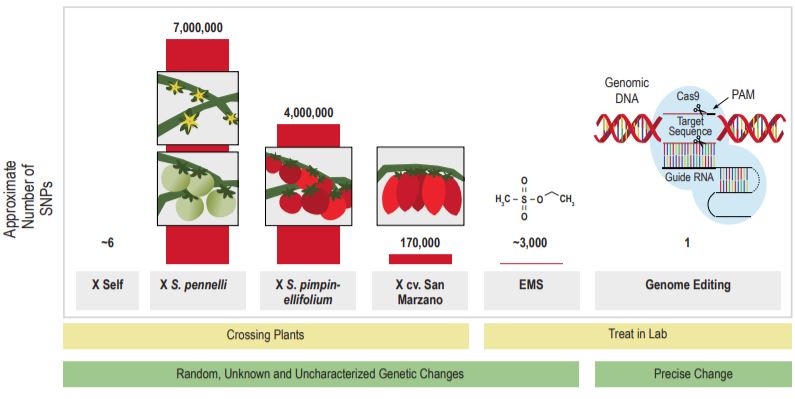 Plant Genome Editing and the Relevance of Off-Target Changes
Plant Genome Editing and the Relevance of Off-Target Changes
In our August 2020 issue, authors Nathaniel Graham (University of Minnesota, St. Paul), Gunvant B. Patil (University of Minnesota, St. Paul), David M. Bubeck (Corteva Agriscience), Raymond C. Dobert (Bayer Crop Science), Kevin C. Glenn (Bayer Crop Science), Annie T. Gutsche (Corteva Agriscience), Sandeep Kumar (Corteva Agriscience), John A. Lindbo (HM Clause), Luis Maas (Enza Zaden Research USA), Gregory D. May (Corteva Agriscience), Miguel E. Vega-Sanchez (Bayer Crop Science), Robert M. Stupar (University of Minnesota, St. Paul) and Peter L. Morrell (University of Minnesota, St. Paul) show that with well-designed protocols and guide RNAs, off-target changes induced by site-directed nucleases are negligible with fewer genetic differences than from standing variation or induced mutagenesis. See their article “Plant Genome Editing and the Relevance of Off-Target Changes” https://doi.org/10.1104/pp.19.01194





